| ΤΟ ΗΦΑΙΣΤΕΙΟ ΣΤΗΝ ΙΝΔΟΝΗΣΙΑ ΞΕΡΑΣΕ "ΧΡΥΣΑΦΙ" | VOLCANO IN INDONESIA puke "GOLD" |
In Indonesia's East Java province, the Ijen crater is filled with one of the largest sulphuric lakes on the planet.
Here, sulphur miners brave the hazadrous environment to extract blocks of pure sulphur using simple tools.
Sulphur, referred to in the Bible as "brimstone", is an essential element for all life on Earth. But its dirivatives, such as sulphur dioxide and sulphuric acid, can be very dangerous for the lungs and eyes and can cause very serious chemical burns.
In a single day, a miner in Ijen can haul up to 100kg (220lbs) of sulphur, earning an average of $6 per day.
View As Slideshow >>

/Gembong Nusantara/Al Jazeera
A miner carries a large chunk of high-purity sulphur.
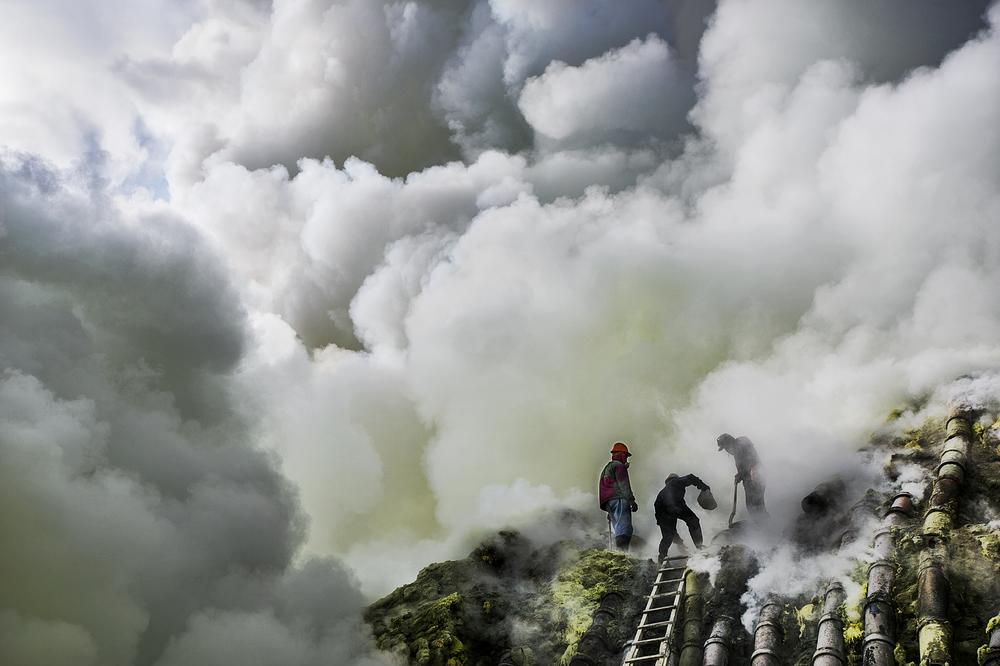
/Gembong Nusantara/Al Jazeera
Miners put ceramic pipes on vents where sulphur gases come out.
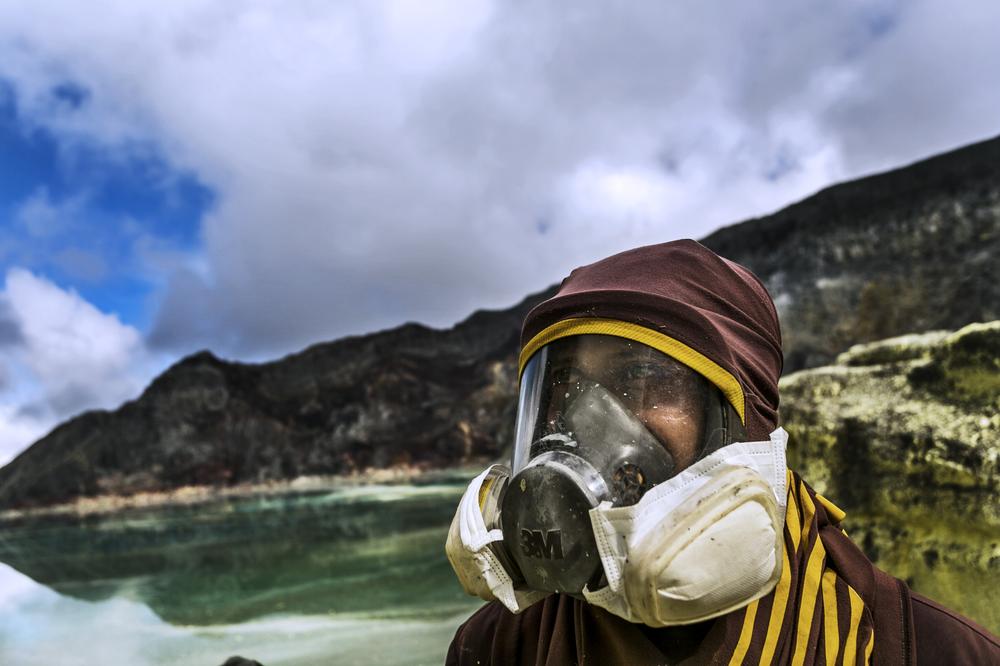
/Gembong Nusantara/Al Jazeera
A sulphur miner wears a full-face gas mask. Due to the hostile environment, full body cover is recommended for miners.

/Gembong Nusantara/Al Jazeera
Sulphur miners carrying a fully loaded basket with sulphur chunks climb up Ijen crater.
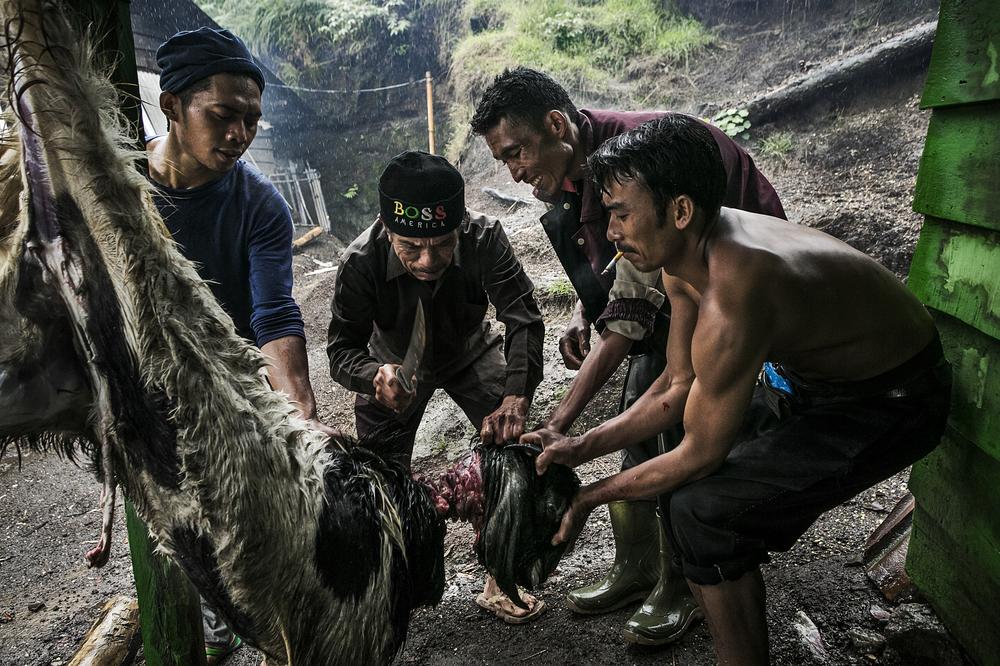
/Gembong Nusantara/Al Jazeera
Miners slaughter a goat as they prepare for an annual sacrificial ritual in the Ijen sulfur crater. The ritual began in 1976 after a tragedy that killed four miners.

/Gembong Nusantara/Al Jazeera
Miners pray together for salvation during the ritual, in a cabin near the crater.
/Gembong Nusantara/Al Jazeera
Every mid-December, miners offer one goat's head as part of the salvation ritual. The miners' company covers the expenses.
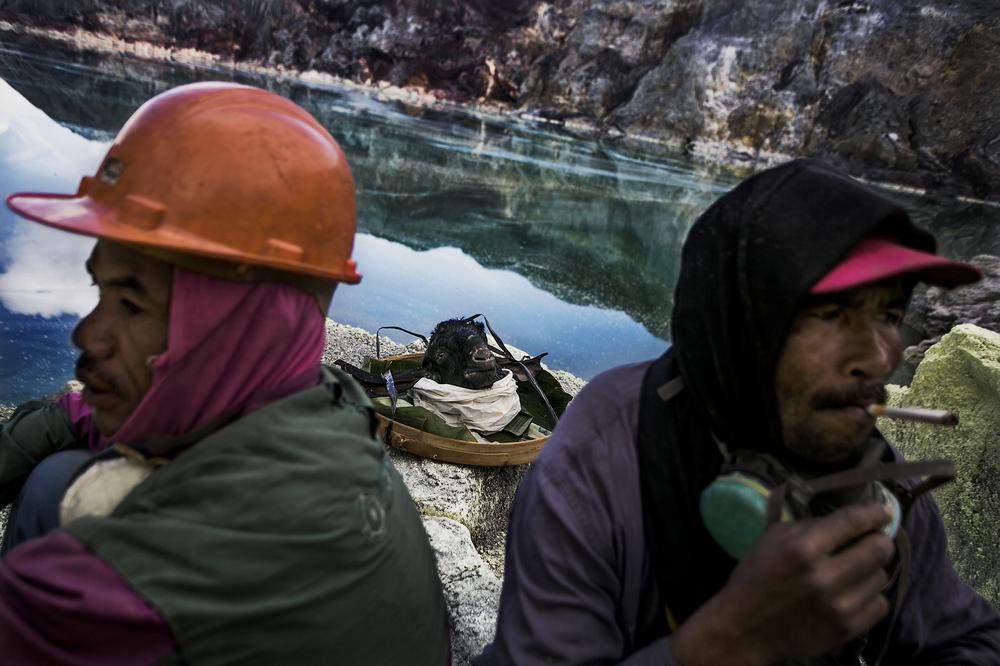
/Gembong Nusantara/Al Jazeera
The offering is put on a lakeside rock as miners wait to perform the sacrificial ritual. The water of the lake has the same acidic level as car batteries.

/Gembong Nusantara/Al Jazeera
Miners bring a goat head to bury in the sulphur pipes as part of the annual ritual.
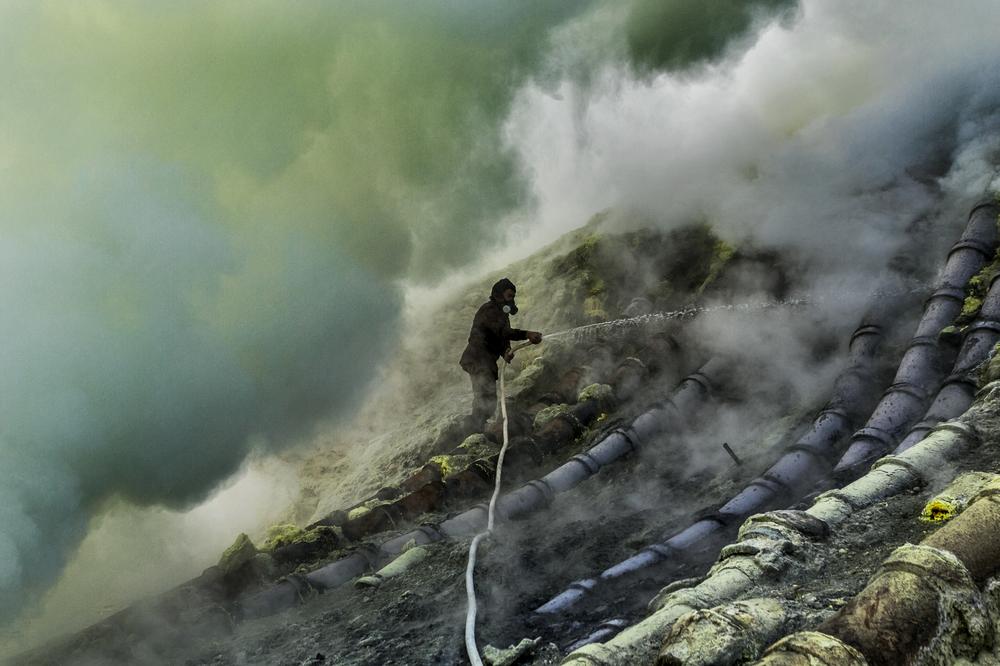
/Gembong Nusantara/Al Jazeera
A miner sprays water onto sulfur pipes as he prepares the area for the offering.

/Gembong Nusantara/Al Jazeera
Sulphur miners work at Ijen crater after the ritual.
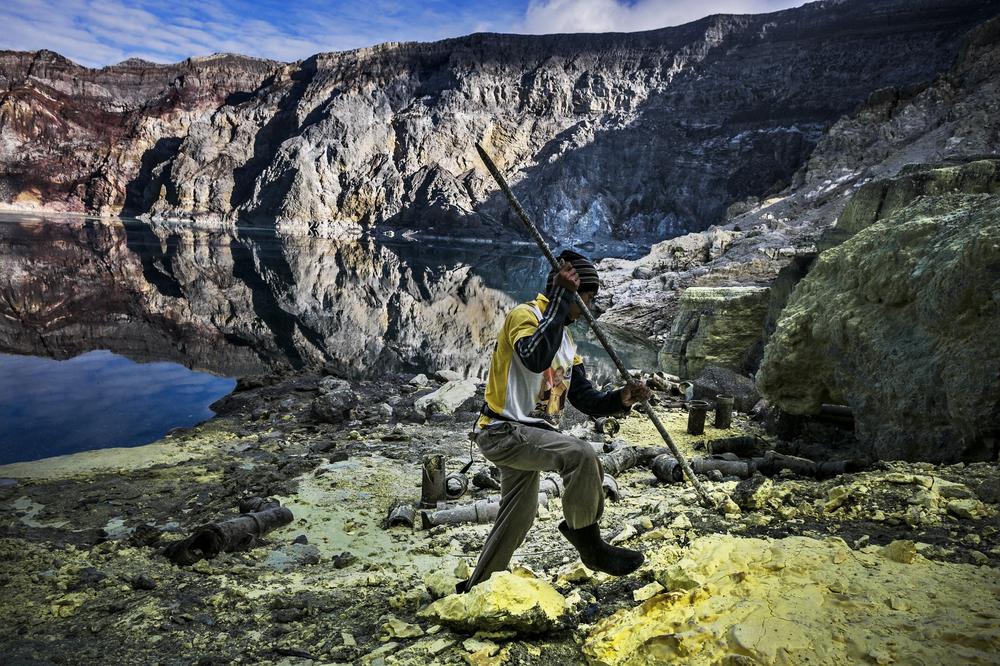
/Gembong Nusantara/Al Jazeera
A miner extracts sulphur at the Ijen crater lakeside.
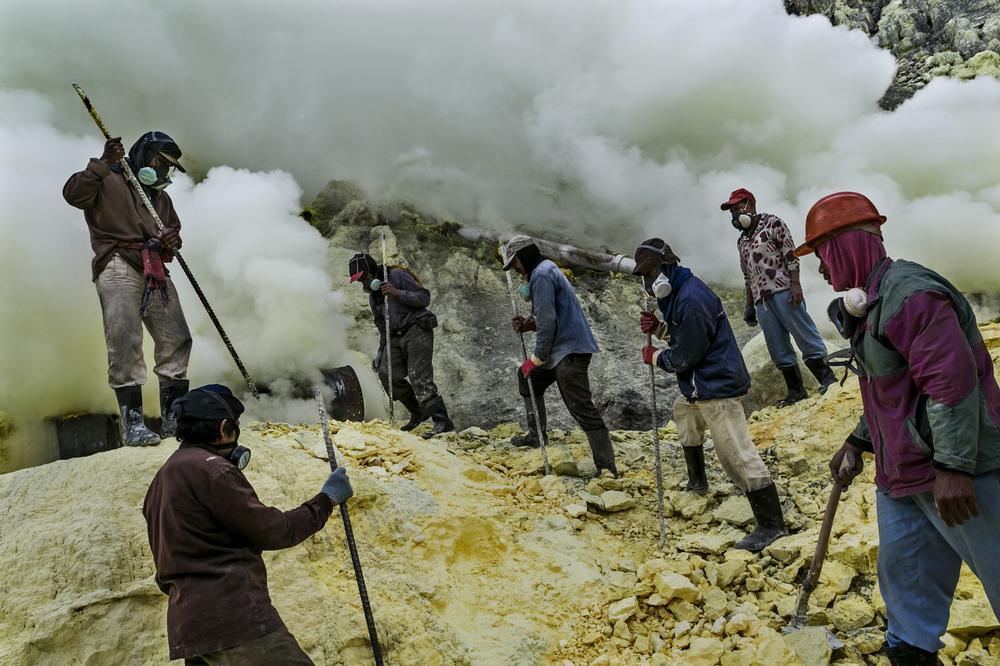
/Gembong Nusantara/Al Jazeera
Miners extract sulphur using the most basic tools. For every kilogram they mine they get paid seven cents.
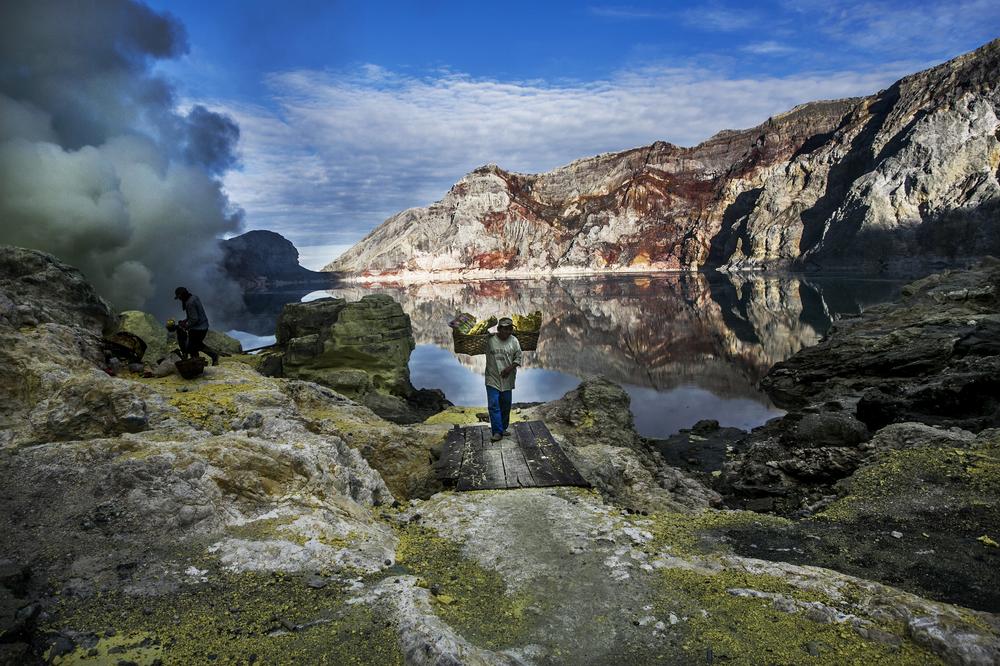
/Gembong Nusantara/Al Jazeera
A miner holds two baskets with sulphur. In one day a miner can carry out around 100 kilograms of sulphur.




.jpg)
